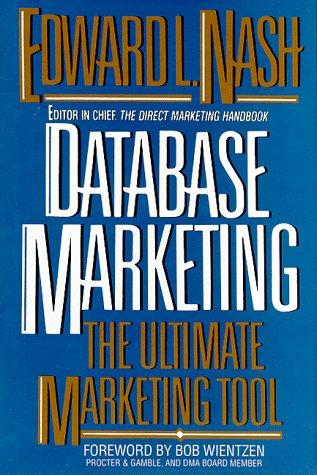Question
Really Need help with all of these steps in R studio! A screen shot of the console and work would be great so i know
Really Need help with all of these steps in R studio! A screen shot of the console and work would be great so i know how to do it!
The overall goal of this activity is to use download and clean raw data with JSON format. Students can further extract useful information based on the raw data using SQL via SQLDF.
# --------------- HW5: JSON & tapply --------------- #install.packages("RCurl") library(RCurl) #install.packages("RJSONIO") library(RJSONIO) library(sqldf)
# --------------------------------------------------- # Step 1: Load the data # get data from the given URL dataset <- getURL("http://data.maryland.gov/api/views/pdvh-tf2u/rows.json?accessType=DOWNLOAD") # covert the JSON format dataset into R objects mydata <- fromJSON(dataset, simplify = FALSE, nullValue = NA) # look into the data summary summary(mydata)
# --------------------------------------------------- # Step 2: Clean the data #q1: get rid of metadata and only keep the second element in the list "mydata"
#q2: count how many elements are in "myList" and store the number into variable "numRows"
# If we didn't have nullValue = NA, then we would need to do the following # Test every elements in "myList" one by one, for each element: # First, record the element into a temporary variable "record", # Second, if the original element is NULL, assign NA to "record". If not, keep the original value. # Third, re-assign the value of "record" to the element in "myList" #for(i in 1:numRows) { # record <- myList[[i]] # record[sapply(record, is.null)] <- NA # myList[[i]] <- record #}
# Unlist "myList" and transform it to a dataframe, whose number of rows is the value of "numRows" df <- data.frame(matrix(unlist(myList), nrow=numRows, byrow=T), stringsAsFactors = FALSE)
# q3: remove the first 8 columns
# rename the rest of columns colnames(df) <- c("CASE_NUMBER","BARRACK","ACC_DATE","ACC_TIME","ACC_TIME_CODE","DAY_OF_WEEK","ROAD","INTERSECT_ROAD","DIST_FROM_INTERSECT","DIST_DIRECTION","CITY_NAME","COUNTY_CODE","COUNTY_NAME","VEHICLE_COUNT","PROP_DEST","INJURY","COLLISION_WITH_1","COLLISION_WITH_2")
# --------------------------------------------------- # Step 3: Understand the data using SQL (via SQLDF) # how many accidents happen on SUNDAY # Use sql to count how many obersavations meet the criterion that DAT_OF_WEEK is "SUNDAY" sun_acc <- sqldf("select count(DAY_OF_WEEK) from df where TRIM(DAY_OF_WEEK) = 'SUNDAY'") # Print the result print(sun_acc)
# how many accidents had injuries(might need to remove NAs from the data) # q4: Use sql to count how many obersavations meet the criterion that INJURY value is "YES," then assign the value into "inj_acc" Populate XXX below to complete the code. inj_acc <- sqldf("select XXX from XXX where XXX")
# q5: Print the result
# list the injuries by day # count the number of injuries for each day of the week list_inj <- sqldf("select DAY_OF_WEEK, count(CASE_NUMBER) as Totalnumber from df where INJURY='YES' GROUP BY TRIM(DAY_OF_WEEK)") # Print the result print(list_inj)
# --------------------------------------------------- # Step 4: Understand the data using tapply # how many accidents happen on SUNDAY # replace spaces by nothing (remove all spaces) in column "DAT_OF_WEEK" use gsub
df$DAY_OF_WEEK <- gsub(" ", "", df$DAY_OF_WEEK)
# tapply(Summary Variable, Group Variable, Function): # q6: apply the length function on the "SUNDAY" subset of the column DAY_OF_WEEK. populate the XXX below. tapply(df$DAY_OF_WEEK, XXX, length)
# how many accidents had injuries # apply the length function on the "YES" subset of the column INJURY tapply(df$INJURY, df$INJURY == 'YES', length)
# list the injuries by day # q7: apply the length function on subset of the column INJURY broken down by the value in WEEK_OF_DAY as well as INJURY. Populate XXX below tapply(df$INJURY, XXX, length)
Step by Step Solution
There are 3 Steps involved in it
Step: 1

Get Instant Access to Expert-Tailored Solutions
See step-by-step solutions with expert insights and AI powered tools for academic success
Step: 2

Step: 3

Ace Your Homework with AI
Get the answers you need in no time with our AI-driven, step-by-step assistance
Get Started


